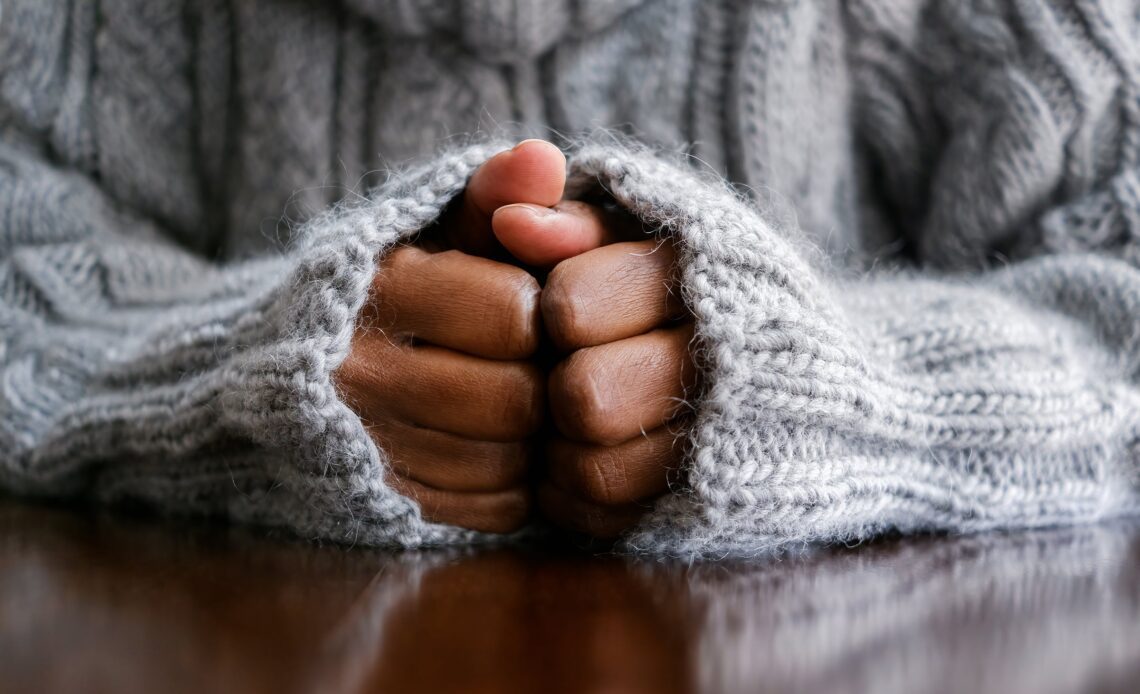Roughly 110,000 Americans died from a drug overdose between February 2021 and February 2022. That figure is part of a larger troubling trend. Overall life expectancy in the U.S. fell in 2020 and again in 2021, after decades of progress—and deaths linked to alcohol, drugs, and suicide are a major part of that change. (So are deaths from COVID, of course.) Overdoses, suicides and other “deaths of despair”—a label proposed by economists Anne Case and Angus Deaton—have been climbing since the 1990s and may have accelerated in recent years.
What exactly is driving this phenomenon, and what can be done to address it? To answer these urgent questions, many scholars are focusing on economic stress and psychological states such as depression and hopelessness. That approach makes sense: by definition, despair involves the absence of hope. Losing a job, recovering from an accident or illness, and experiencing divorce or financial difficulties may trigger desperation. People may use drugs and alcohol to ease these uncomfortable mental states.
But there is another important factor that studies of despair sometimes miss. Scientific evidence shows that one common denominator in this cycle of stress, anxiety, depression and substance abuse is physical pain. As a behavioral scientist, I study how socioeconomic, psychosocial and behavioral elements may contribute to pain. The findings from my work and others in this field suggest that tracking a community’s physical aches and agonies is important.
The relationship between despair and pain is multifaceted. As most people know from personal experience, physical pain increases psychological distress and anxiety. Several studies have found that people with severe pain—as opposed to those with low or moderate pain—are more likely to worry about their affliction and its possible consequences. And pain may lead to poor sleep quality, which in turn increases the risk of anxiety and depression.
The reverse relationship is also possible: psychological distress can cause physical pain. For instance, job strain, anxiety caused by social discrimination, stressful family relationships and adverse experiences in early adulthood can exacerbate physical pain. Neuroscientists have even discovered a mechanism that could explain these findings. When someone is in a negative mood, researchers have found, the brain areas that play a role in physical pain also engage.
Lastly, physical pain is important when we consider…
Click Here to Read the Full Original Article at Scientific American Content: Global…

